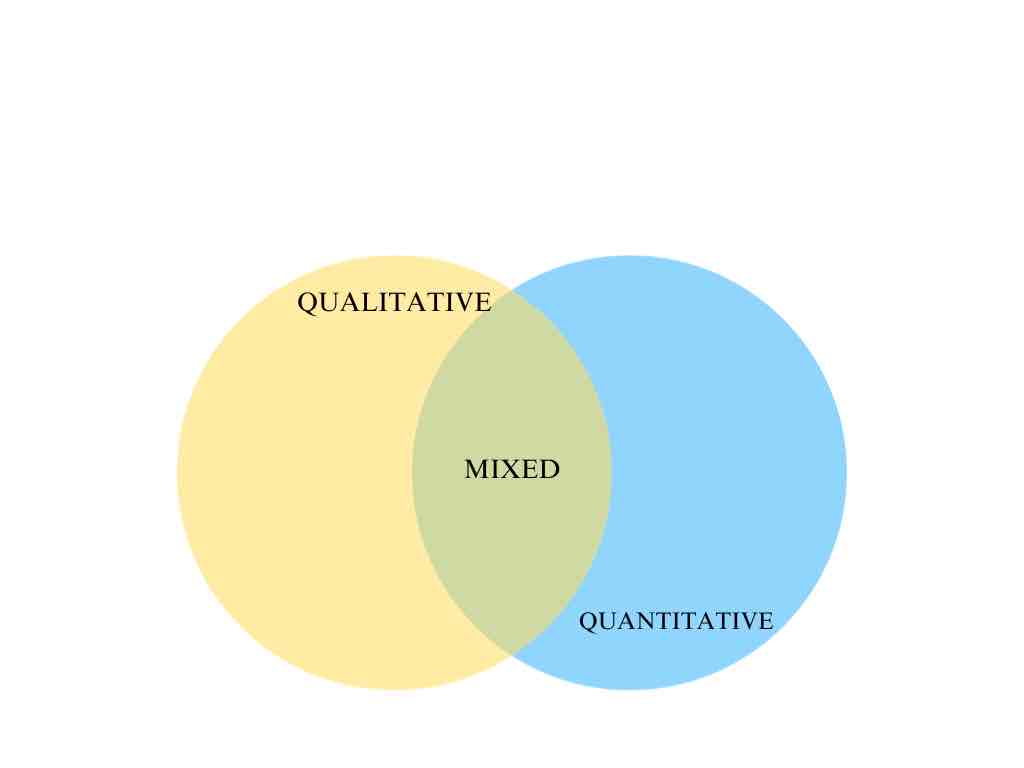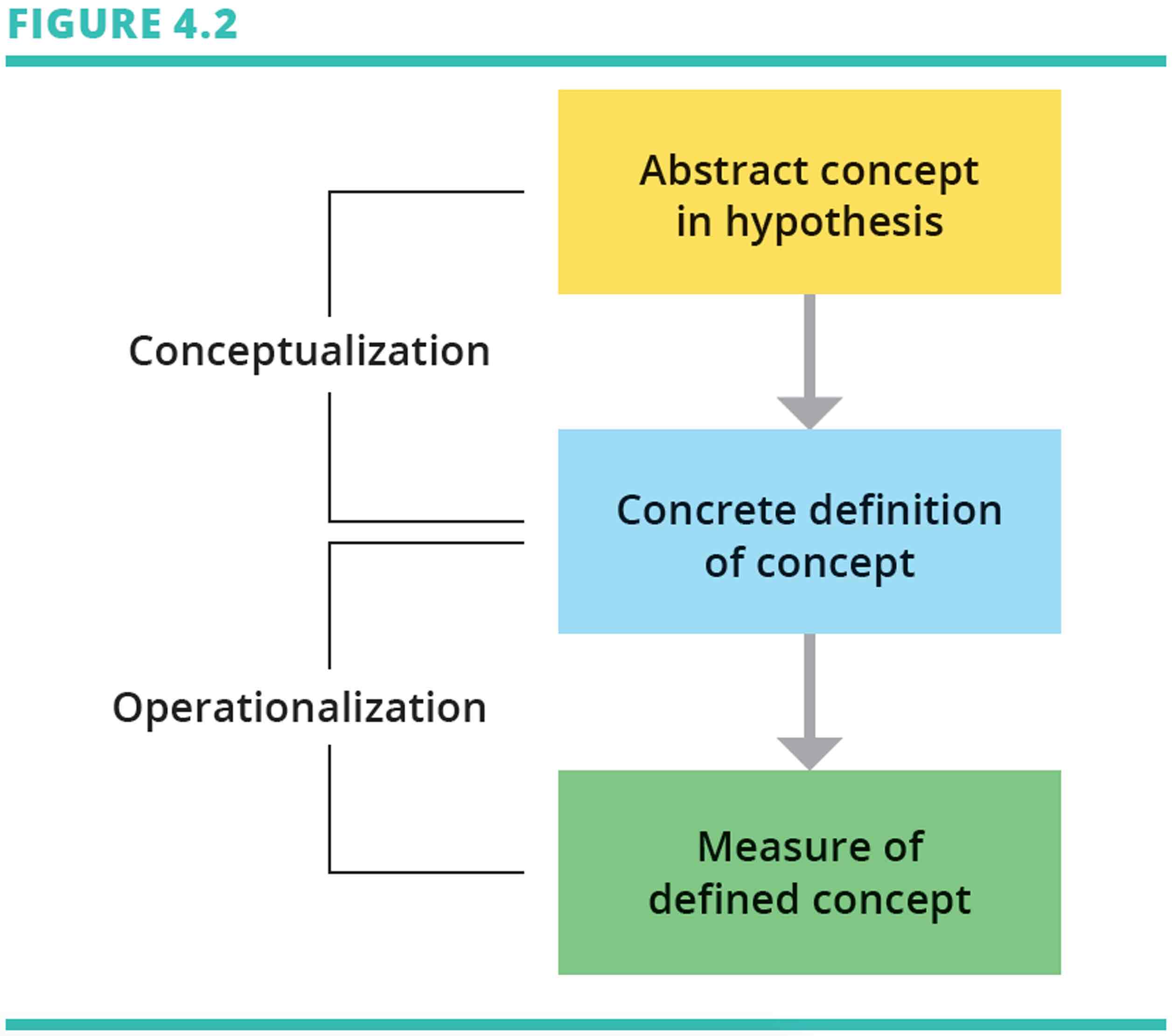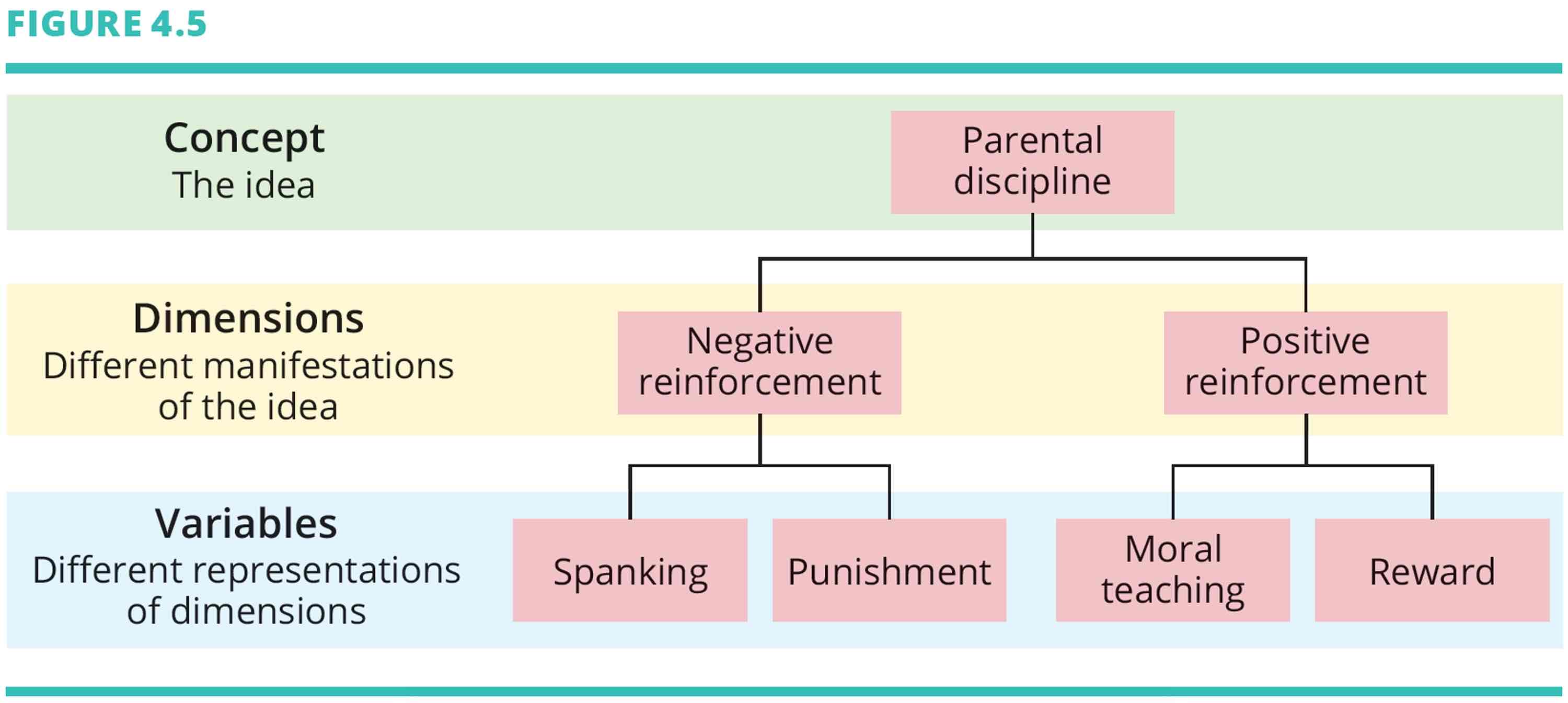SOC 232cv
1/239
Earn XP
Description and Tags
Name | Mastery | Learn | Test | Matching | Spaced |
|---|
No study sessions yet.
240 Terms
Macrosociology
study of large-scale social systems.
• Political system, economy, educational institutions
Microsociology
study of personal concerns and interpersonal
interactions.
• Doctor-patient relationships, interactions between family members
sociological imagination
our personal experiences are powerfully shaped by macrosocial and historical forces.
• If a handful of people experience a problem, it may be just a result of their
“personal choices.” However, if the problem affects large numbers of people
in patterned ways, it is more likely a “public issue.”
Generalizable
the extent to which results or conclusions based on one population can be applied to others.
Agency
our capacity to make our own choices and act autonomously
Social structures
patterned social arrangements that may constrain (or facilitate) our choices and opportunities
Anthropology
study of societies and cultures, often with a non-Western focus
emphasize the influence of culture on social behavior, whereas sociology tends to emphasize structure, but this boundary also has blurred over time.
String cultural relitivism
Cultural relativism
refrain from making judgments about practices they observe and instead adopt the viewpoint of the communities being studied.
Basic research
seeks to answer theoretically informed questions or resolve fundamental intellectual puzzles about social behaviuor.
• This research is most commonly done in academia.
• Researchers conducting basic research use the method that is best suited for answering their particular question.
Applied research
seeks to answer a question or concrete problem in the real world or to evaluate a policy or program.
Its conducted by researchers at policy organizations, think tanks, institutional research departments, and market research firms.
Qualitative methods
research methods that collect and analyze data that enable rich description in words or images.
The most common qualitative method on sociology is field research, including ethnography and in-depth interviewing.
Textual analysis of historical documents, letters, and films also is a form of qualitative research
Quantitative methods
research methods that rely on data that can be represented by and summarized into numbers.
Survey research is the most widely used quantitative method in sociology.
Social network analysis and experimental methods also generate numerical or statistical data that researchers can analyze.
Mixed-methods approach
general research approach that uses more than one method in a single study.
This approach is used when researchers become aware that new insights can be revealed through more than one method.
This process is valuable because the limitations of one approach may be , counterbalanced by the strengths of the other.

Cross-sectional study design
study in which data are collected at only one point in time.
This approach provides a snapshot of a particular population at a particular historical moment.
However, a single-point-in-time observation would not be sufficiently informative if we wanted to understand social and historical change.

Repeated cross-sectional study design
data are collected at multiple time points, but from different subjects at each time point.
tell us about societal-level change, but it cannot show us whether a particular individual changed their views over time.
Benefits and Limitations of Cross-Sectional Studies
Strengths:
Simple and straightforward
Relatively inexpensive
No need to recontact subjects
Can be quickly implemented to address current events and hot- button issues
Limitations:
Cant assess causal ordering
Causality
relationship where one factor or variable is dependent on
another factor or variable.
Studies that track individuals at multiple points in time are better suited for ascertaining cause and effect than a single cross-sectional design.
Panel Design
type of longitudinal study in which data are collected on the same subjects at multiple time points.

longitudinal study designs,
studies in which data are collected at
multiple time points.
Cohort Design
type of longitudinal study design in which data are collected from a particular cohort at multiple time points.
Cohort: large swath of the population spanning a full age range, or a specific group, such as a group of ‘ , people who all entered college in a particular year

Benefits and Limitations of Longitudinal Studies
Strengths: Can assess causal ordering and change over time
Limiotation:
Attrition, or the loss of sample members over time, usually to death or dropout, in panel studies
Costs are higher.
Units of Analysis
refer to the level of social life about which we want to generalize.
• Eg. individual people, households, schools, cities, countries
conclusion muist match unit iof analysis
Ecological fallacy
mistake that researchers make by drawing conclusions about the micro level based on some macro-level analysis
The Scientific Method
systematic process of asking and answering
questions in a rigorous and unbiased way.
Steps of the Scientific Method
• Identify an important question that needs an answer.
• Construct a hypothesis, or prediction, about the answer to this question.
• Gather data that allow the researcher to assess the accuracy of this
prediction.
• Analyze the data to determine whether the prediction is accurate.
• Draw and report conclusions
Three general conditions guide question formulation
Social importance: Will answering the question make a difference in the
world?
• Scientific relevance: Will the study resolve an important practical or
theoretical puzzle in sociology?
• Feasibility: Can the researcher carry out a rigorous and well-designed
study that answers the question in a timely and cost-effective way?
Value-Free
goal of being objective and not biased by personal ideologies
• Sometimes, subtle biases can seep in very early in the project by the way that
social scientists ask their research questions.
• It is virtually impossible for researchers to be completely value-free in their
work.
• Researchers should still aim to minimize or explicitly acknowledge their biases.
Subjectivity
the way research is influenced by the perspectives, values,
social experiences, and viewpoint of the researcher.
Reflexivity
the process of attending systematically to the context of knowledge construction, especially to the effect of the researcher, at every step of the research process
Descriptive Research
documents or describes trends, variations, and patterns of social phenomena.
can explain what is happening, but not necessarily how or why
quantitative and qualitative methods
Exploratory Research
answer questions of how, with the goal of documenting precisely how particular processes and dynamics unfold.
Explanatory Research
documents the causes and effects of social phenomena, thus addressing questions of why.
CH 2
Theory
sequetial argument consisiting of a series of logically related statements put forward to illuminate some element of social life
an explanation that develops a logical story for a social phenomena
Empiricism
The idea that the world can be subject to observation which is ther use of the senses to gather data about a social phenomena
scientific method,
The systemativ process of asking and answering questions in a rigorous and unbaised way
theory and emprirism are key parts
5 basic stepts of the scientific method
steps 1 and 3 are theory
steps 3 and 4 asre empiricism
5 is the intergration of theory and empricism

dustbowl empiricism
empiricism unguided by theory… just a set of observations
in porazctivce theory and empricism cant be seprate
purpose of theory
to decribe
explain
explore
Theory to describe
characterized by thre amount of detail it introduces in tryong to explain somthing from the inside our in a consise wat it organizes that detail into basic insights and principles
often arises from research studies
decribes
theory to explain
think of explain as akin to the term predict
theory to explore
serve as a guide helping researchers study social problems in a targeted way
narrows down avenues of inquiry
Macro level
refers to the broadest way of thinking abikut social life foucsingh on the structure, compusition and procsess of society
Micro-Level
Most intimate way oft hinking abiout social life; focus on f2f interaction and small group processes
bridges social experances with psy and cognition
meso level
middle ground way of thinkingf abouyt social lifwe
focus on physical setting and organization that link individuals to larger society
Example: Neighborhood collective efficacy theory argues that neighborhood poverty influences deviant behavior in children by decreasing the level of collective efficacy
Commonalities among Theories
Testable: They can be quantitatively or qualitatively examined.
Falsifiable: They can be proved wrong.
Generalizable: They can explain a broad class of events.
Probabilistic: They refer to what is likely, not what is definite.
inductive approach
scientists draw up a general understanding of social phenomenon through empirical observations.
working from losed pazst studies
buyilkd up to a theory though observing data
deductive approach
translation of general theory into specific empirical analysis
take what is al;ready knwon about social phenomena and intwergreate it into a coherent argument that explain that phenomena in a way that can be tested

paradigm
Theories develop from paradigms
Broad set of taken for granted and often unacknowledge assumtipns about socal reality
Positivism
the paradigm holding that all knwolege can be confoirmed or refuted though empirical observation
ex:scintific method
Post modernism
paradigm characterized by significasnt skepticism of claim about general truths or priciples ot facts
social paradigmes

structural functionalism
macro level frame work associatedwith talcott parsons
society must be viewed as a collection of interrelated parts, each with a unique role that come together to work as a whole
is it stablizes society it is functional and the reverse is unfunctional
streangths and limitations of structral functionalism
Strengths:
Straightforward
By viewing social life through the single lens of functionality, this paradigm allows for the comparison of diverse social phenomena in concrete ways.
Limitations:
Its simplicity does not allow for different phenomena to arise for different reasons.
It considers social ills, like crime, to be functional as well.
conflict pov
macro level; associated with marx
the struglle bw the powerful and the less powewerful is the key element to undertsanding society
soceity is a collectionj of competeing intrests
conflict pow strenths and weakness
Strengths:
It allows for the concrete comparison of diverse social phenomena through a single lens.
It brings issues of race, class, gender, and inequality into social dynamics.
Limitations
Its simplicity does not allow for different phenomena to arise for different reasons.
Rational choice
macro and micro levels and meso
applies economic priciples to social life; people are seen as logical and informed being who make choices top maximize their intrest
s and w of rational choice
s:
grants agency to people
w:
dosnt consideer power dynamiocs
dosnent socsior social meanin of phenomena
symbolic interactionism
micro level; herbert mead
humans communicate thouygh symbolic exchange in the form of spoken and unspoken communication
how societal issues play out among indviduals
s and w of symolic interactionism
s:
emphasizes the micro level of processes that are obscured in the structural functionalism and thre confliuct paradigms
w;
too focusedon indicidual at the expense of macro
concept
idea that can be named defined and mesured ikn some way
exist in the mind as symbols more thsan in the natural world
assembeld to form theory
positive and neghitive realtions
Postive/direct: both concepts move in the same direction. increase/decrease in one lead to the some in the other
Negative/inverse: two concepts move in opposite directiuons
bopth associated with stats
mediation
expected relation between 3 concepts is channeled through a third concept that links them together
Moderation
The strength of the association between 2 variables is made weaker of stronger by a 3rd variable
Spuriousness
When an apparent relation between 2 concepts is actually the result of some third concept (confound) influencing them both
not part of theory comes up when testing theory
Failure to account for confound would lead to misleading results
Hypotheses
\testable statement of a relationship between 2 concepts
Null hypothisis
Hypothesis that no realtuipn be concepts exists or no difference in the dependant variable be groups exist
Types of hypotheses
Hypothesis of difference is a testable statement about group differences in
some concept.
• Hypothesis of association is a statement that two variables will increase
or decrease together, without an explicit specification of cause and effect.
• Causal hypothesis is a statement that the relationship between two
concepts is the result of cause and effect
Casual Hyp And casual interference
Theories often focus on causes, and so causal hypotheses are common
outcomes.
• However, establishing causality is difficult outside of experiments, even if
researchers take steps to improve causal inference.
• Causal inference is the degree of confidence that an observation based on
the test of a hypothesis is truly causal.
Conceptulization
Process of precisely defining ideas and Turing them into variables
Operatationalization
Liking the conceptualizer variables to a set of procedures to measure them
Variables
Representation that capture the diff femensions categories or levels of a concept
Ch 3: ethics
Moral system that determines wether action are right or wrong good or bad
Informed consent
Freedom to say yes or no to participating once all possible risks and benefits have been properly explained
signing or orally
Vulnerable populations
Group of people who can’t give informed concept including underage or have a finished mental capacity
Privacy
Control over the extent timing and circumstance of sharing oneself with others
Anonymity
When no identifying information can be linked to repondnats and even reasreacher can’t identify them
Confedintality
When identifying info is only accessible to research team
Deductive disclosure
Use of unique combo of variables to indemnify an individuals data
Nuremberg code
set of ethical principles for human subjects
research, including the requirement of informed consent, developed in the
wake of the Nuremberg Trials following World War II.
Risk vs benefits analysis
assessment in which the potential harms to research subjects are weighed against the potential benefits of the research.
Research ethics boards (REBs)
research is done that is responsible for reviewing all research involving human subjects, with the goal of protecting the human subjects and preventing ethical violations in the research.
Research protocol
Description from researcher of the intended method and procedures target poipulation and recruitment methods possible risks and benefits of the study and major research question
Demand characteristics
avoid
Process whereby research subjects when they become aware of the study’s hypothesis behave in the way that conforms hyp
Deception in social research
allows it there’s no alternative wat to do the study. And if it involves no more than minimal risk
Must be debriefed: informing them of actual purpose
Conflicts of interests
Occur if researchers interests or loyalties compromise the way they design or report research
$
Unconscious bias
Personal bias
P-hacking
Researcher rum a lot of diff stat models and choose to report those that come our stat significant
Ch 4: conceptualization
Precisely defining ideas and Turing them into variables
Operationalization
Linking the conceptlized variables tos a set of procures to measure them

Absolute standers
same threshold applies to everyone regardless of context
Ex whether person has food
Relative stander
Individual compared to what is typical ina population
if they fall below avg income
Social artifacts
Aspectsa of social life that can be counted such as new articles tombstones or texts
Dimensions
Components that represent diff manifestations angles or units of the concept
make up concepts

Categorical variable
finite set if possible values
No known distance be values
Includes nominal and ordinal variables
Continuous variable
infinite set of possible values
Values have fixed distance
Includes interval and ratio variables
Nominal variables
Catalog states or statuses that are parallel and cannot be ranked or ordered
Ex race school or sector
Ordinal variables
Have catrergopries that dan be ordered in some way but the distance be valkues is not known
ex scale of agree or disagree
Interval variables
Have continuum of values with meaningful distance be them, but no tru 0. The values can be compared directly but they cannot be used in proportions to math
Ex: stat score and temp
Ratio variables
Interval variables that do hav a true 0 and the distance be values can be measured and values can be expressed in proportions
ex aschoolsoxe and income
Indicators
Values assigned to a variable to provide the blueprint for measurement
ex; length be birth and tarns into adulthood